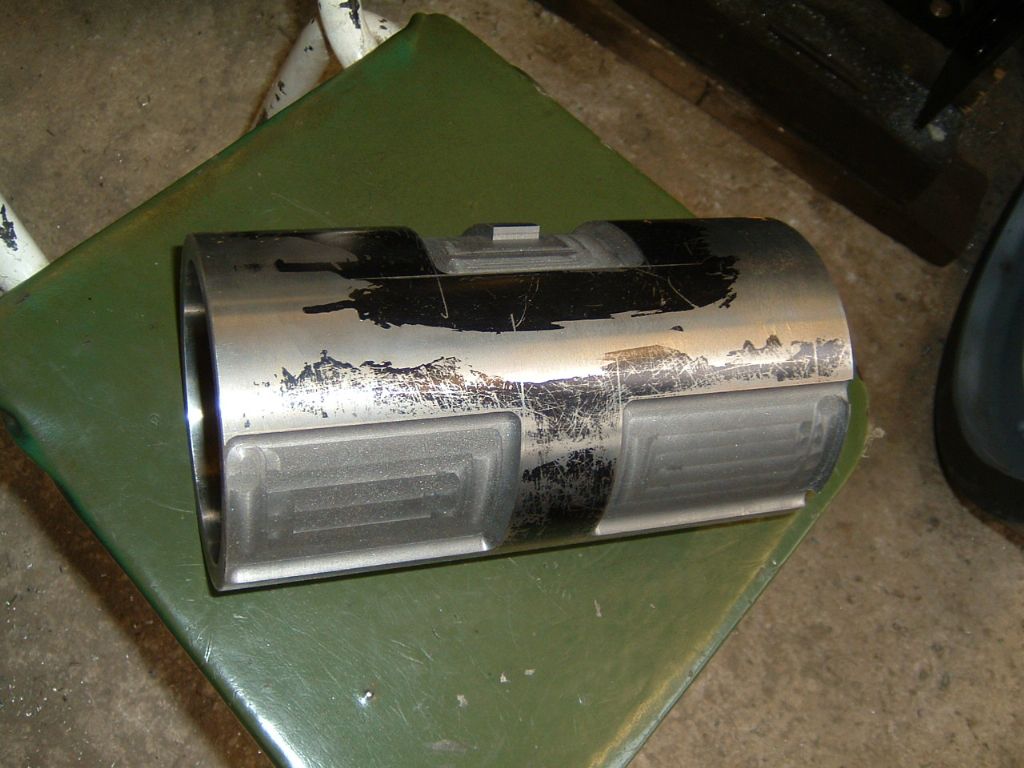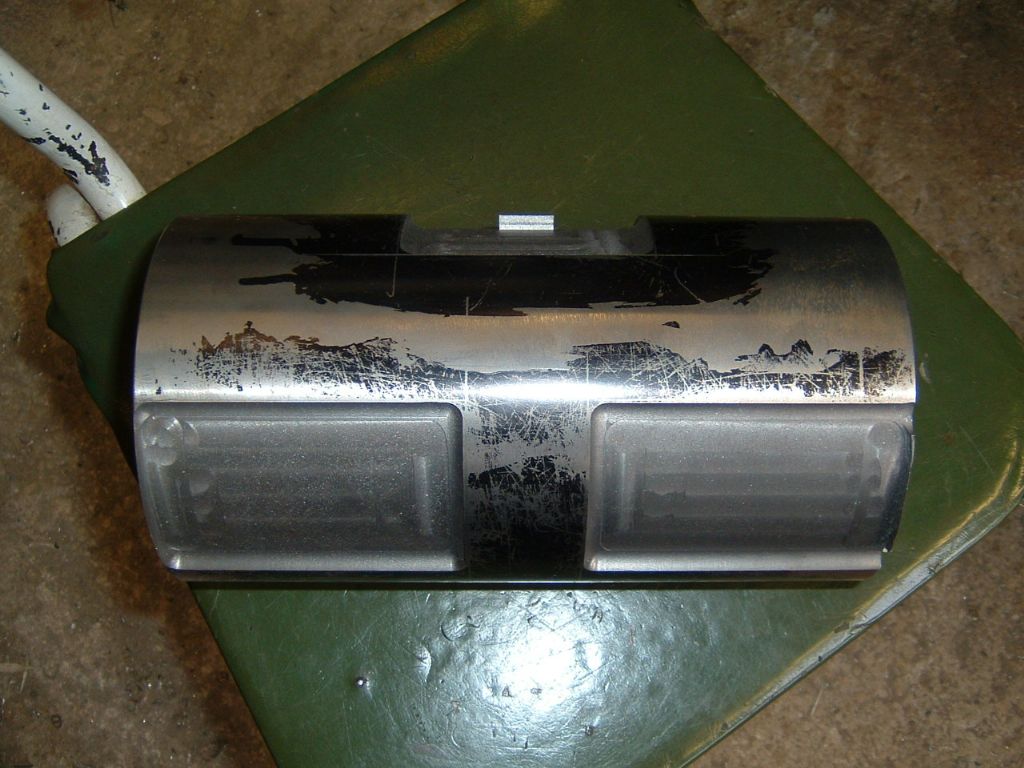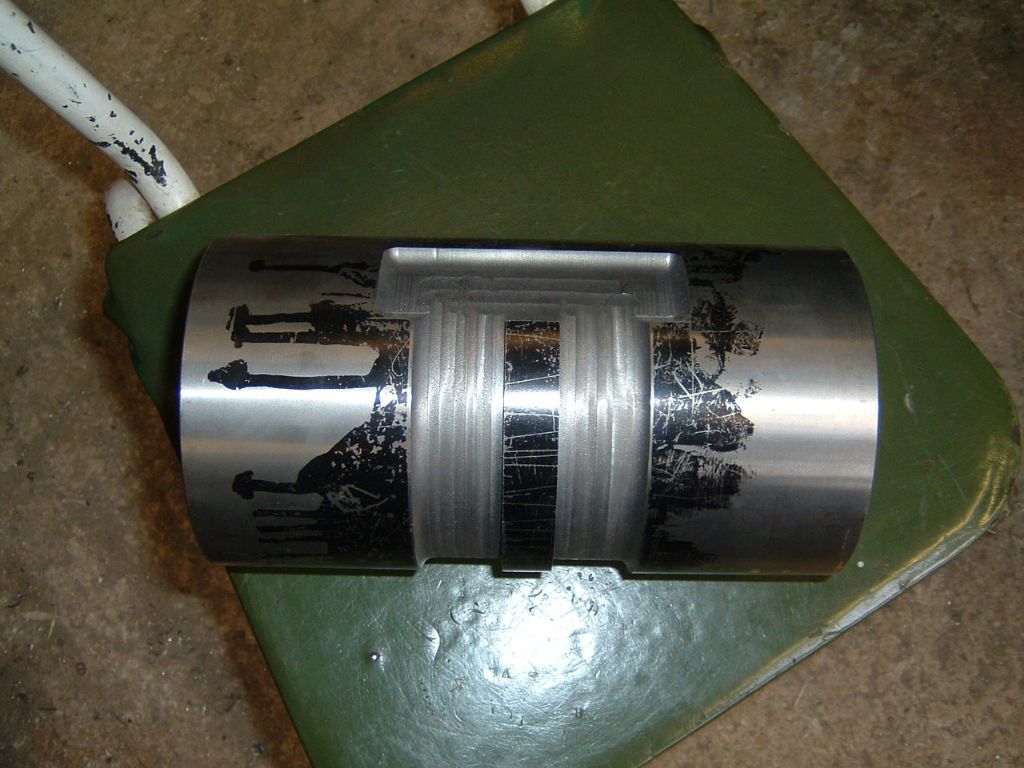I would like to shrink fit a cast iron cylinder liner to a cast iron model steam locomotive cylinder block.
The finished bore of the cylinder is 50mm with an overall length of 90mm. I anticipate making the liner 2mm thick when fully machined. Reference to 'Model Engineer's Handbook' suggests that for shrink fitting the liner should be 0.07mm larger than the 'hole' into which it will be fitted – if I have understood correctly.
Has anyone any guidance that might assist me in this enterprise?
I have already 'had a go'.
I made the liner as a solid cylinder 150mm long.
I heated the cylinder in the oven to just over 200 degrees C, and cooled the liner in the freezer and gave it a good spray of 'pipe freezer'. It slid in easily.. until it stopped 30mm short of full depth of fit as surface heat transference meant that it fitted! And of course I could not shift it further… either way! So I have had to bore it out.
Obviously I will reduce the 'interference' this time – any suggestions or experience as to appropriate limits for my use and tooling? Would it make more sense to bore out a significant amount of the liner before shrink fitting? My thinking was that the large solid 'slug' would retain the cold better so giving me a little more time to work. Any views on whether this effect is significant?
I am a self-taught model engineer, and despite finding some very detailed charts of shrink-fitting data on-line am quite unable to make head or tail of them! Plus my equipment is basic, I do not have access to hydraulic press type tooling, etc.
Regards,
Phil
Edited By Weary on 30/09/2013 18:50:34
RICHARD GREEN 2.







